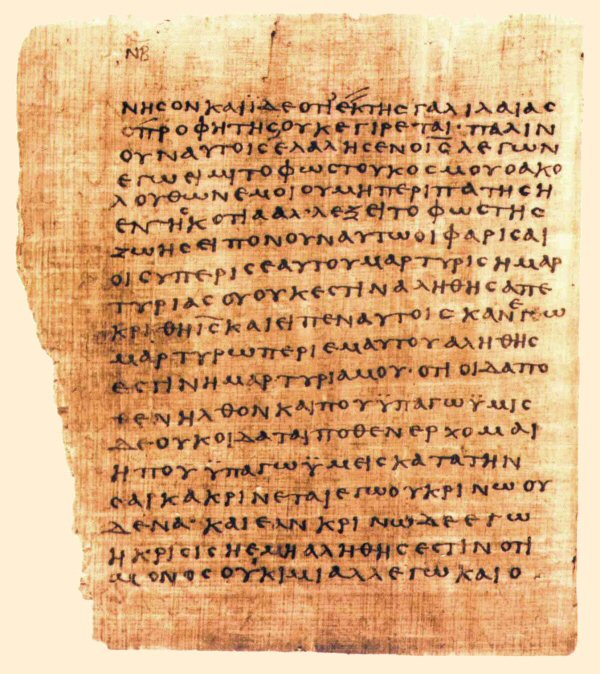
The passage of the woman caught in adultery – John 7:53 – 8:2-11 – is often used by preachers and knowingly or unknowingly, they encourage leniency toward sin.
Says Michael Marlowe
The Story of the Adulteress is one of the most abused passages in all of Scripture. The climactic saying of the passage, “let him who is without sin among you be the first to throw a stone,” is the favourite text of those who refuse to repent of their sins and who will not hear a word of correction from Christian brothers. Such an attitude is actually encouraged by preachers who liken sharp criticism of sin to the stones of the Pharisees…
…This apocryphal story is the central text of our debased “pop Christianity” with its easy-believism and its cheap grace, and it is quite possible that it was added to Scripture in the fourth century with the very same thing in view — the discouragement of all meaningful church discipline.
[Michael Marlowe – Quo Vadis?]
F.H.A. Scrivener writes,
…on all intelligent principles of mere criticism the passage must needs be abandoned: and such is the conclusion arrived at by all the critical editors …we cannot help admitting that if this section be indeed the composition of St. John, it has been transmitted to us under circumstances widely different from those connected with any other genuine passage of Scripture whatever.
[A Plain Introduction to the Criticism of the New Testament (4th edition. London, 1894), volume ii, pages 364-368]
Raymond E. Brown (Catholic priest), in The Gospel According to John (i-xii)
These problems must be treated as a series of distinct questions. The first question is whether the story of the adulteress was part of the original Gospel according to John or whether it was inserted at a later period. The answer to this question is clearly that it was a later insertion. This passage is not found in any of the important early Greek textual witnesses of Eastern provenance (e.g., in neither Bodmer papyrus); nor is it found in the Old Syriac or the Coptic. There are no comments on this passage by the Greek writers on John of the first Christian millenium, and it is only from about AD 900 that it begins to appear in the standard Greek text.
[Raymond E. Brown, The Gospel According to John (i-xii), in the Anchor Bible series (Garden City, New York: Doubleday, 1966), pages 335-6]
MARGINAL ANNOTATIONS OF VARIOUS VERSIONS
American Standard Version (1901). Marginal note:
“Most of the ancient authorities omit John 7: 53-8:2. Those which contain it vary much from each other.”
Revised Standard Version (1946). 7:53-8:11 given in the margin, with the note,
“Most of the ancient authorities either omit 7:53-8.11, or insert it, with variations of the text, here or at the end of this gospel or after Luke 21:38.”
Since 1971 the section is printed as ordinary text, with the note
“The most ancient authorities omit 7:53-8:11; other authorities add the passage here or after 7:36 or after 21:25 or after Luke 21:38, with variations of text.”
New American Standard Version (1963)
“John 7:53-8:11 is not found in most of the old mss. (manuscripts)”
New International Version (1973) “
The most reliable early manuscripts omit John 7:53-8:11.”
Later editions of the NIV have,
“The earliest and most reliable manuscripts and other ancient witnesses do not have John 7:53-8:11.”
New King James Version (1980)
“NU [that is, the United Bible Societies’ Greek text] brackets 7:53 through 8:11 as not in the original text. They are present in over 900 mss. of John.”